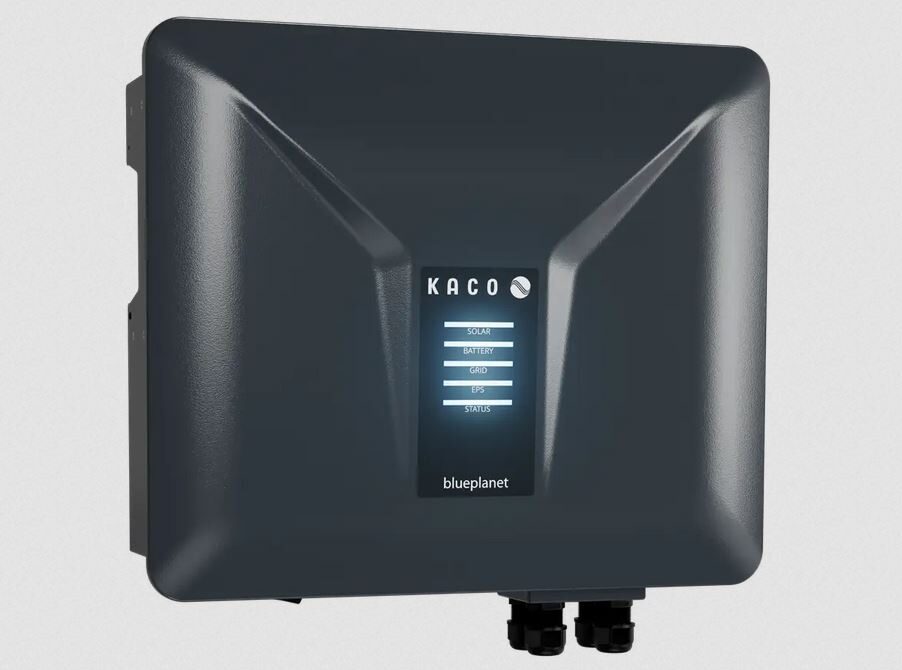In a new weekly update for pv magazineSolcast, a DNV company, predicts drier and sunnier conditions this coming winter in key solar areas in the southern United States, Mexico and Brazil, driven by transboundary La Niña conditions.
Seasonal forecasts for the coming winter indicate drier and sunnier conditions important solar areas of Texas, California, the southeastern United States, Mexico and Brazil. The forecasts also agree on reduced precipitation and cloud cover across much of North and South America, excluding Central America and remote parts of Canada.
The forecast is driven by La Niña conditions in the tropical Pacific Ocean, with tropical convection favoring the far western side of the ocean. The reduced convection over tropical eastern Pacific waters leads to reduced cloud and storm activity downstream over the adjacent subtropical and mid-latitudes of North and South America, where solar sources are located.
The current consensus among modeling agencies leans towards ‘neutral’ conditions, i.e. neither El Niño nor La Niña, but on the La Niña side of the spectrum. Most models suggest that while conditions should remain largely within the neutral range, there is a small chance of La Niña strengthening. The US agency NOAA stands out as one of the few agencies still predicting that La Niña conditions will develop during the winter. This marks a shift from previous predictions that had expected more movement away from the neutral conditions.
Although the models differ in the strength of La Niña conditions in the Pacific Ocean According to the ocean forecasts, they show fairly good agreement on the resulting impact of clouds and precipitation on nearby land areas. This is especially true in the United States States and Mexico, where less precipitation is forecast, which means less cloud cover and ffavorable conditions for solar energy generation are likely.
However, forecasts are less favorable in Central America, with above-average precipitation expected in many areas that is likely to impact solar energy production. In South America the picture is less uniform. While the main solar-generating regions of Brazil, Uruguay and Argentina are expected to experience drier than normal conditions, other parts of South America show less consensus among meteorological models, indicating that solar power producers and grid operators across the continent are more varied conditions should expect.
Despite model consensus on the likely impact of clouds and precipitation in North America, when we look back at similar neutral to weak La Niña years in recent history, we see a less consistent pattern, with some parts of Texas experiencing the opposite to have. anomaly, with more clouds and precipitation. This analysis demonstrates the inherent uncertainty in seasonal forecasts and also highlights that La Niña is not the only phenomenon affecting seasonal climate conditions. For example, changes in the track of Arctic storms can also affect winter conditions over the US, but these changes cannot be predicted more than about three to four weeks in advance.
Solcast produces these figures by tracking clouds and aerosols worldwide with a resolution of 1-2 km, using satellite data and own AI/ML algorithms. This data is used to control the radiation treatment models, allowing Solcast to calculate irradiance at high resolution, with a typical deviation of less than 2%, as well as cloud tracking predictions. This data is used by more than 350 companies manages more than 300 GW of solar energy worldwide.
The views and opinions expressed in this article are those of the author and do not necessarily reflect those of the author pv magazine.
This content is copyrighted and may not be reused. If you would like to collaborate with us and reuse some of our content, please contact: editors@pv-magazine.com.
Popular content




